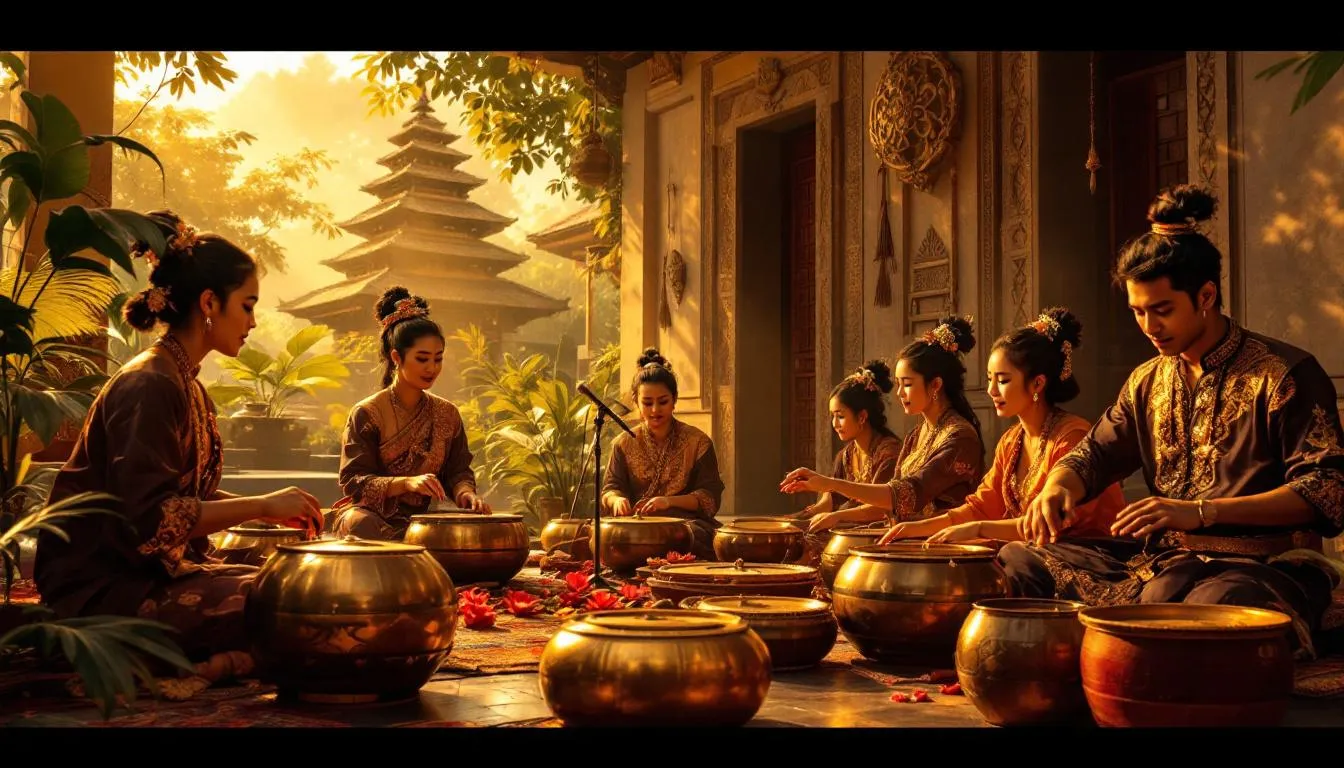
What Are the Symbols in Shape-Note Hymnals?
Quick Answer Shape-note hymnals offer a unique approach to reading music, using geometric shapes to represent musical notes. This system simplifies music reading by linking shapes to pitches, making it accessible for singers without formal training. These symbols streamline music reading by connecting visual shapes with corresponding sounds. Having taught music for years, I’ve seen […]
Continue reading →







